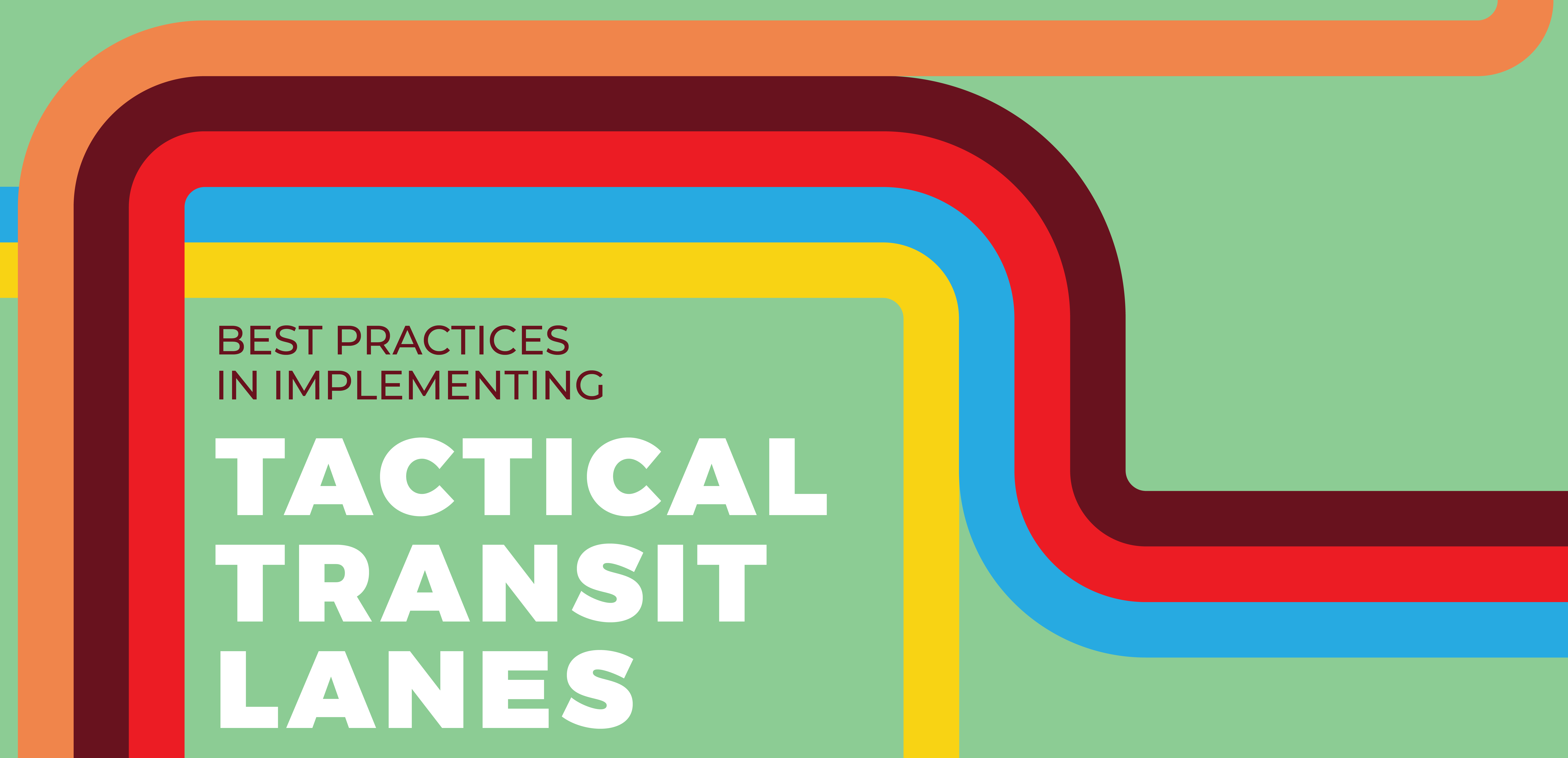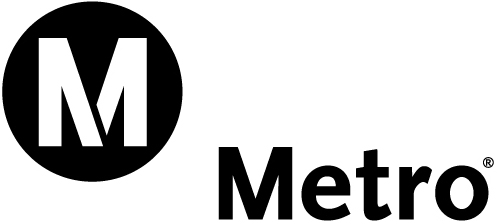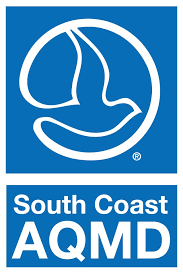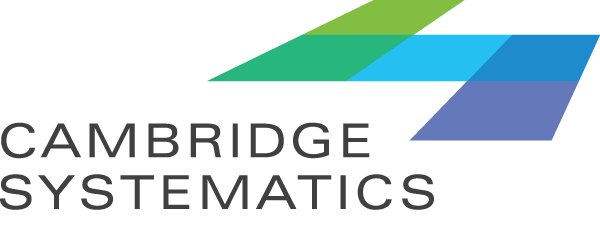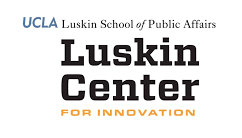Welcome and Introduction
Juan Matute, Deputy Director, UCLA Institute of Transportation Studies
The Wheel of History: A Perspective on Multiple Mobility Transformations
Martin Wachs, Distinguished Professor Emeritus, UCLA Urban Planning
Partnering to Deliver Public Mobility Services
9:30 AM – 10:45 AM
With a growing number of private companies providing mobility services, how can the public sector work with private entities to solve niche transportation problems?
Partnering to Deliver Public Benefits
Qiana Patterson, Senior Director of Public Partnerships at Hop Skip Drive
Crowdsourcing Partnerships: LA Metro’s Unsolicited Proposal Process
Nolan Borgman, Los Angeles Metro Office of Extraordinary Innovation
P4: A New Model to Enhance Mobility in Downtown Los Angeles
Hilary Norton, FASTLinkDTLA
Data is a big topic in the public sector, but too often an abstract concept. How can cities harness the power of data and apply it to improving mobility? What skills are required by departments internally and how does a city develop the capacity for it? What are best practices for compelling data-sharing from regulated mobility service providers?
Beyond IT: Managing Big Data in the Public Sector
Gillian Gillett, California Integrated Travel Program
Understanding and Regulating Shared Mobility
Hunter Owens, City of Los Angeles
Getting the Most from Transit Data: Data Integrity and Availability
Anson Stewart, Conveyal
A buffet lunch will be served beyond the partitions at house left.
Entree options:
- Apricot Glazed Stuffed Chicken Breast (gluten free)
- Mushroom and Spinach Manicotti (vegetarian)
Served with Roasted Potatoes, Steamed Vegetables Tossed w/ Lemon Butter, Tossed Green Salad, Rolls & Butter
We will resume the program promptly at 1:15 pm.
The Oakland Department of Transportation is California’s newest big city DOT. Formed as a new model for urban mobility, OakDOT is leading the way with progressive policies that formally recognize and aim to redress past injustices.
Declining ridership across the country, and especially California, has motivated transit agencies to self-assess and develop strategies to remain competitive in the new mobility landscape. Recent innovations make transit better at its core competency — moving many people through limited space — and promise to make a transit rider’s experience more seamless in the future..
Prioritizing the Bus while Reconnecting Communities
Liz Brisson, SFMTA
Swift Small Starts: The First Tactical Transit Pilot
Jay Monty, City of Everett, Mass.
A Vision for Seamless Public Mobility: The California Integrated Travel Program
Jim Allison, Capitol Corridor
Your time to shine.
Curbs have become the most hotly contested urban spaces. From new private courier, rideshare, and scooter services to new public uses like parkets, transit lanes, and bike corrals, demand for curb space has elevated its status as a public asset. Many cities have started using asset management techniques to take control of curbs, and others taking the approach off the curb and into the streets and sidewalks.
Organizational Change for Public Mobility
Sarah Jones, SFMTA
Managing New Mobility on the Curb and Beyond in Santa Monica
Francie Stefan, City of Santa Monica
Streets as Public Riches: Asset Management in the Right-of-Way
Michael Manville, Associate Professor, UCLA Urban Planning
Seattle and King County have put equity at the center of their community engagement programs, creating more representative community participation, successful implementation of transit priority, and increases in transit service and ridership. Terry White will conclude our forum, discussing how Seattle and King County Metro changed their community outreach process, and what other jurisdictions can learn from their efforts.
Brian Taylor, Director, UCLA Institute of Transportation Studies
Head to the Hirasaki Family Garden to enjoy beverages, hors d’oeuvres, and discussion of the day’s program.
Restrooms are located in the hallway just left of the reception desk
Social Media
In contrast with the Arrowhead Symposium, we encourage sharing on social media using #PT2PM

